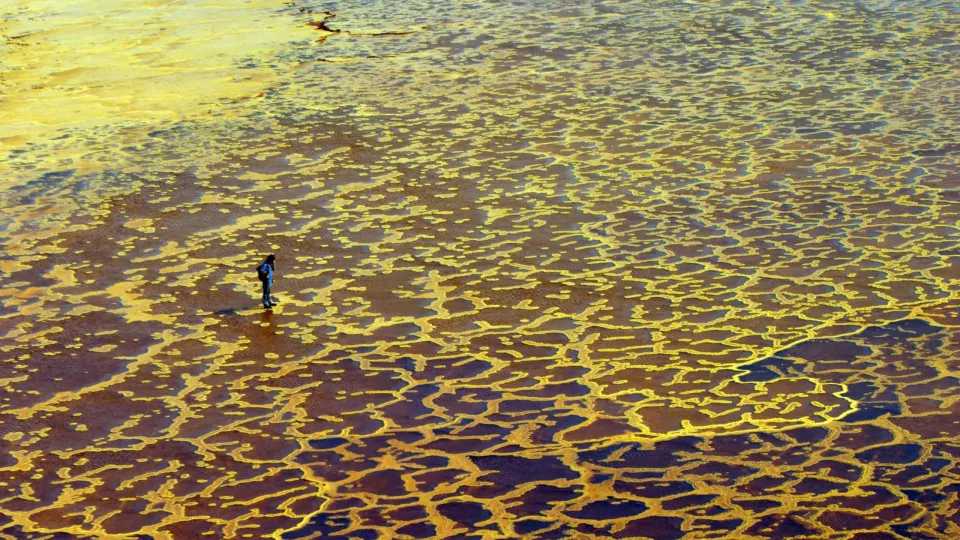The Danakil Depression in Ethiopia is an alien sight to see, but experiencing it is another story. The lowest point in Africa, the Danakil is widely regarded as the hottest place on the planet, as its annual average temperature exceeds every other place on earth.
The area, where three tectonic plates join, is home to an active volcano as well as the Afar people, generations of whom have hauled blocks of salt—a form of currency—along harsh camel caravan routes from the depression back to their towns. But what does that actually look like, beyond the tourist photos and under the beating heat of the sun? Click through to find out.



